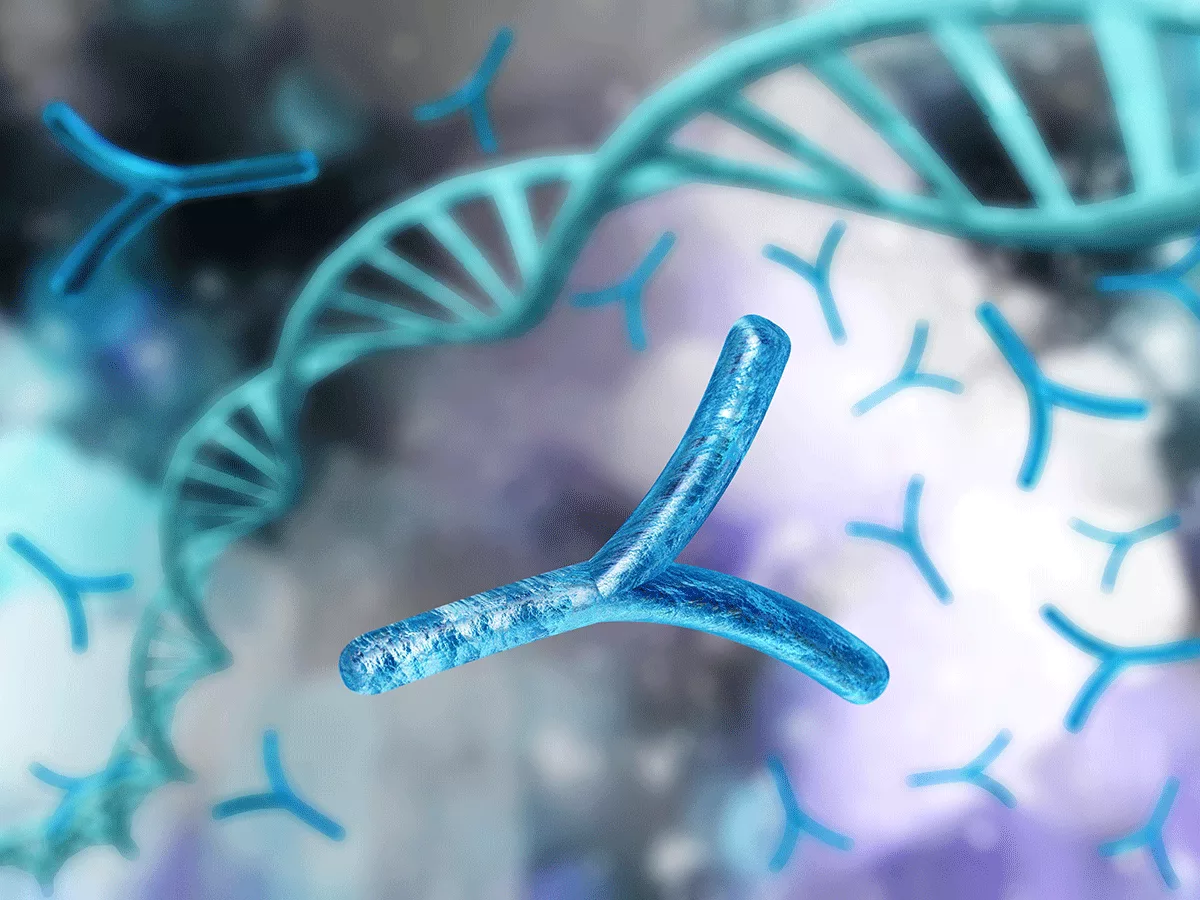The mosaic loss of Y chromosome (mLOY) in myeloid cells is a major risk factor for increased incidence of cardiovascular and fibrotic diseases during aging. The authors of a study published in the July 14, 2022, online edition of Science found that bone marrow-derived myeloid cells exhibited mLOY during aging. These myeloid cells expand and colonize different organs causing organ fibrosis, particularly in hearts subjected to pressure overload. The study was led by Lars Fosberg from Uppsala University, Sweden. Fosberg is an associate professor in the Department of Immunology, Genetics and Pathology where he specializes on mLOY.
Speaking to Bioworld Science, Fosberg said that "Our study shows that mLOY is not just like grey hair, i.e., an age-related phenomenon: our results show that mLOY in blood directly causes disease processes in other organs. We and others have now established that LOY in blood cells is associated with various diseases in other organs. Our ongoing research is focusing on the functional consequences of LOY to better understand what happens in cells after they have lost the Y chromosome."
Somatic mosaicism refers to the occurrence of two genetically distinct populations of cells within an individual. Females are somatic mosaics for the X chromosome, as one X chromosome is randomly inactivated early during embryonic development. This is the reason that females are carriers for many X-linked diseases but do not fall ill. Female carriers for hemophilia, for example, will produce normal clotting factor in about half of their cells, which is sufficient to prevent outright disease.
In contrast to inherited mutations, somatic mosaic mutations may affect only a portion of the body and are not transmitted to progeny.
mLOY is the most common human mutation and was first described more than half a century ago but its phenotypic consequences have been elusive with a prevailing consensus that this mutation was phenotypically neutral and related to normal aging.
For example, mLOY has been observed in peripheral leukocytes of aging men, reaching 40% of leukocytes in individuals over 70 years. mLOY also correlates with increased risk for mortality, cardiovascular events, and other age-associated disorders, but a causal relationship has not been established.
Fosberg and his colleagues modeled hematopoietic mLOY in mice and examined its role in fibrosis and cardiac dysfunction. The authors generated a mouse model of hematopoietic mLOY by using CRISPR-Cas9 gene editing to target repeat DNA sequences that are specific to the centromere of the Y chromosome. Y chromosome ablation in vivo was validated by karyotype analysis using lineage negative bone marrow cells isolated from mLOY mice.
Fosberg added that they evaluated the "phenotypic consequences of mLOY and observed no obvious hematological abnormalities during the follow-up period." However, mice with the mLOY condition displayed shorter life spans compared with control mice. mLOY mice developed accelerated age-associated cardiomyopathy with greater cardiac dysfunction detected in older mice.
The mLOY condition led to an increase in myocardial fibrotic area and increased left ventricular filling pressure, which is indicative of diastolic dysfunction. mLOY was also seen to worsen the outcome of experimental heart failure in mice. To address the mechanistic aspects of mLOY-mediated cardiac dysfunction, the authors performed single-cell RNA sequencing CD45+ immune cells from mLOY. They observed that Y chromosome-deficient cardiac macrophages exhibited an upregulated profibrotic signaling network with elevated high transforming growth factor beta1 (TGF-beta1), leading to a TGF-beta1 feed forward signaling loop that results in cardiac fibroblast proliferation, excessive matrix production and diminished heart function. TGF-beta1 neutralization by a targeted monoclonal antibody reversed the cardiac dysfunction observed in mLOY mice.
Fosberg said that "if this can be replicated in men, it will open up new treatment options and clinical utility for mLOY." He and his team hope to develop LOY as a "new, strong and predictive biomarker." He further added that his team was working on several ongoing projects -- "We want to further understand what happens in immune cells after losing the Y chromosome. We also need to further describe which immune cells that, when affected with LOY, increase risk for different types of disease." Fosberg is the cofounder and CEO of Cray Innovation, a startup that holds patents related to mLOY research as a biomarker.

